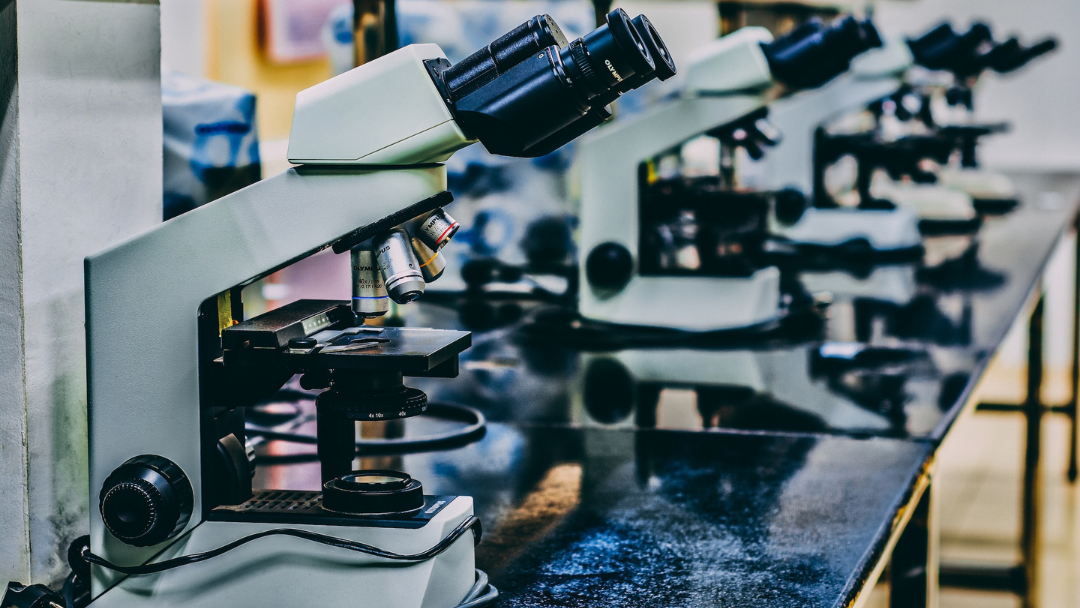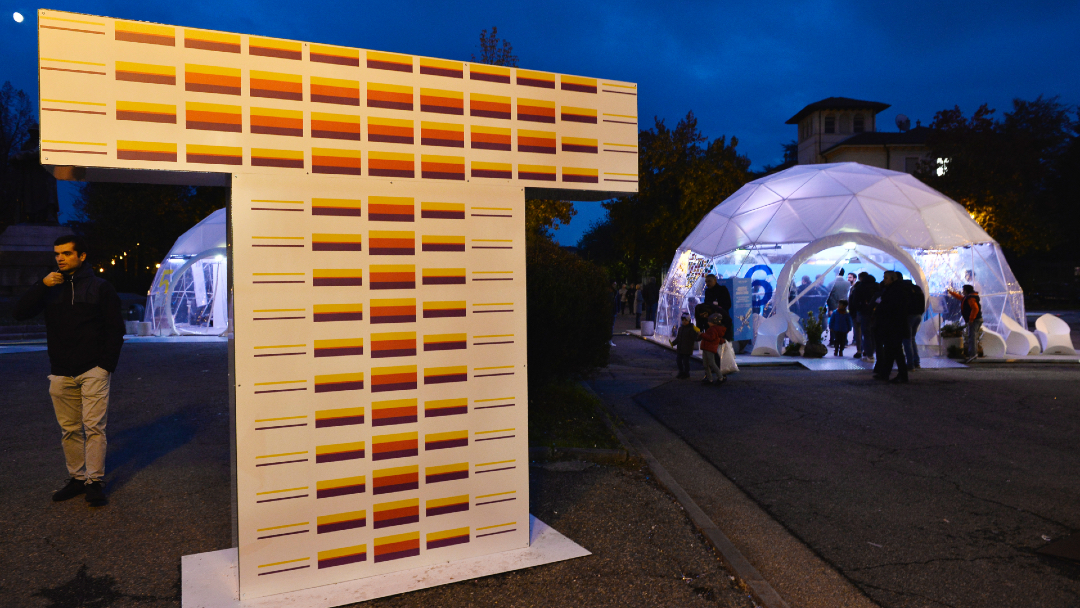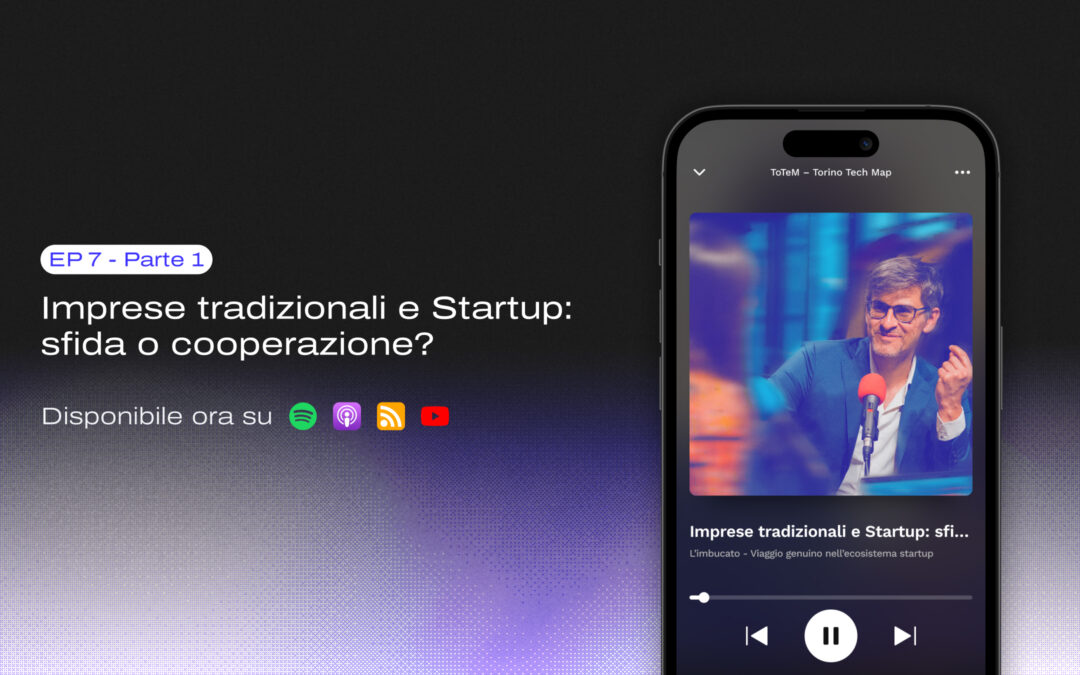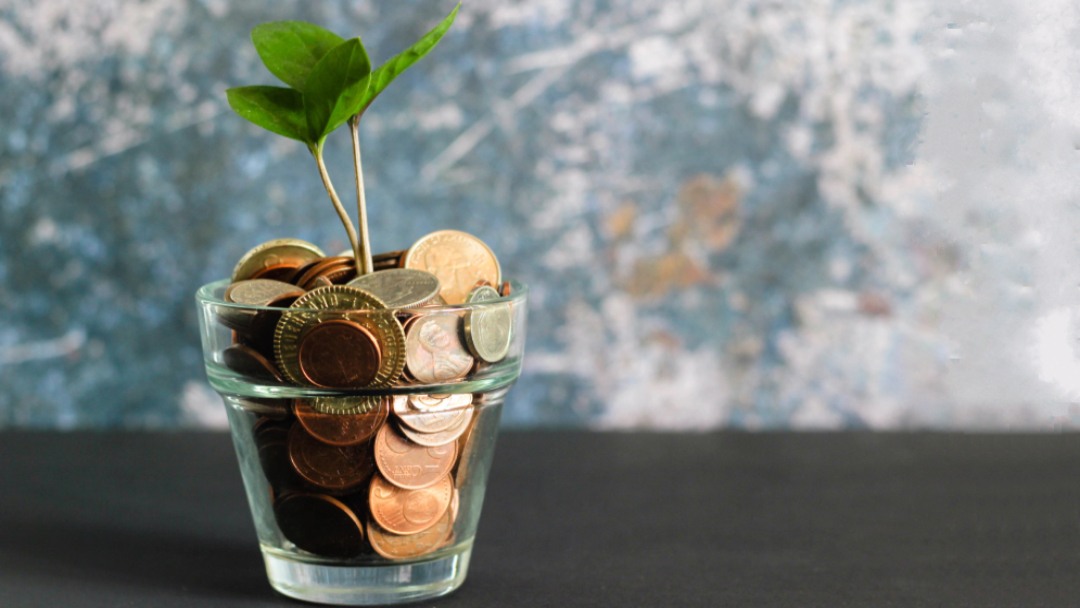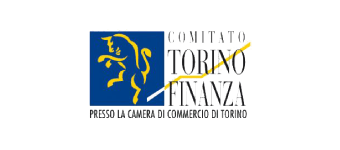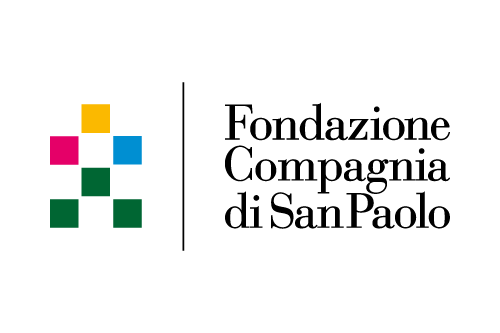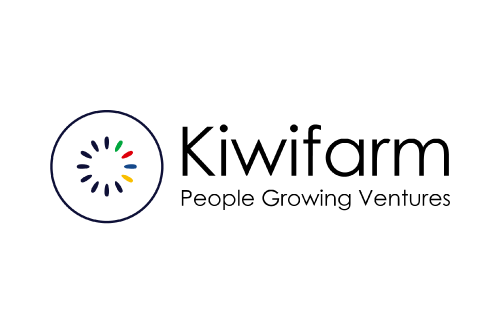Becoming an academic is no longer the only career option for a scientific researcher. Starting a company, in fact, is becoming an equally attractive alternative, so much so that nearly 30 percent of CEOs of Fortune 50 companies have a background in science. However, in Europe, the number of talented individuals moving from academia to entrepreneurship is not yet as high as in other ecosystems.
There are, however, many cases where this opportunity has been successfully seized: one of the closest to our Turin innovation ecosystem is that of Stefano Buono, a physicist with 10 years of research at CERN in Genevabehind him. Buono, after the largest exit in Italian history of nearly 4 billion euros with the sale of Advanced Accelerator Applications to Novartis, has now already raised several hundred million with his startups startups newcleo, with unicorn ambitions, dealing with green nuclear energy using recycled fuels.
Two excellent cases
We spoke with Sonja Visentin (University of Turin) and Francesca Vipiana (Polytechnic University of Turin), two researchers who have become entrepreneurs thanks in part to the support of the Fondazione Compagnia di San Paolo, which currently has their research teams involved in the Trapezio project. This call aims to enhance the best competitive research project proposals that have been favorably evaluated by the European Commission projects but are excluded from funding due to budget constraints. With this in mind, line 1 of the Trapezium project, "Supporting Competitive Research," supports quality international research projects, enhances participation in international competitive calls such as ERC and EIC, and increases the ability of public and private research institutions in the Ligurian and Piedmontese territory to attract funds.
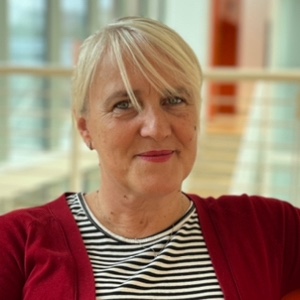
Department of Molecular Biotechnology and Health Sciences @ University of Turin, Italy
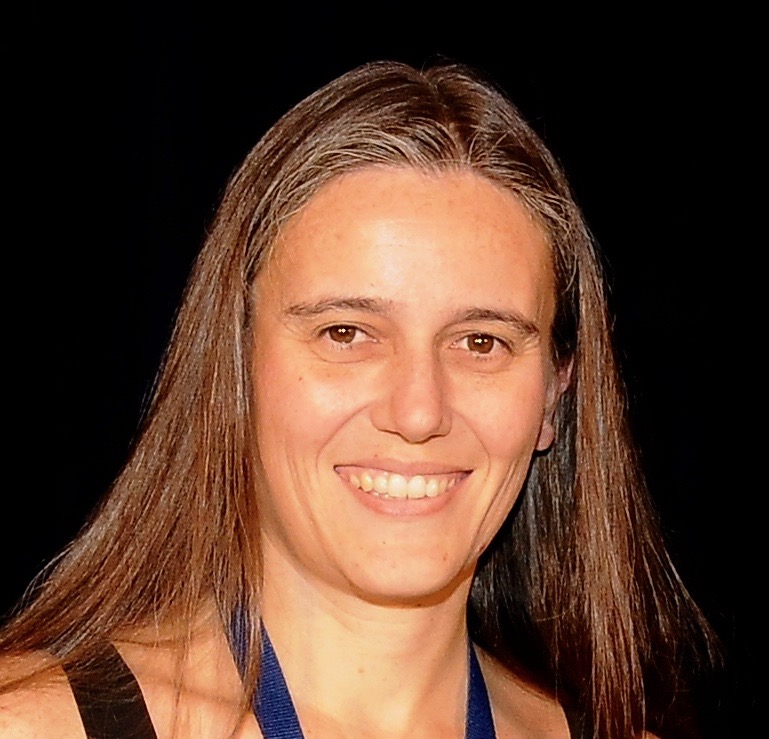
Department of Electronics and Telecommunications @ Polytechnic of Turin
Next October 12, Sonja Visentin and Francesca Vipiana will be our guests during the event Trapezio: balancing opportunity, research and entrepreneurship, which we co-organized with Fondazione Compagnia di San Paolo. In preparation for this meeting they shared with us the challenges they faced in taking the big step towards entrepreneurship.
Tell us about your academic history and the focus of your research
Francesca Vipiana: I graduated from the Politecnico di Torino and continued my studies here, earning my doctorate. Since then, I have dedicated my academic career to the Polytechnic. I specialized in the field of electromagnetic fields and antennas, particularly in the microwave range. My main work involves the design and implementation of antennas and sensors operating in this frequency range. Recently, I have further developed this expertise in microwave "imaging and sensing" in the medical field, a field that combines my knowledge of microwaves and antennas with the goal of detecting altered health conditions such as brain strokes or tumors in different parts of the human body. In addition, I have also applied this knowledge in industry, working for example on automated detection systems to identify contaminants in food products.
Sonja Visentin: My degree is in pharmacy, and I received my doctorate in medicinal chemistry, with a special interest in molecules with vasodilator activity based on nitric oxide. Subsequently, I moved to the Department of Molecular Biotechnology and Health Sciences. In recent years, I have focused my research on the treatment of diseases caused by microorganisms such as bacteria, viruses and fungi, with a special focus on the growing threat of antimicrobial resistance. Currently, my work is based on protein-based nanoparticles, using a protein found in mucus that is our first defense mechanism. In this context, I co-founded a spin-off that produces its own mucus models in which we grow microorganisms to study the activity of antimicrobial drugs in a three-dimensional physiological matrix.
How did you decide to go into entrepreneurship and how much did your background as a researcher positively influence you on this path?
Sonja Visentin: Our startup Bac3gel, is a spin-off of the University of Turin, the University of Pavia and the Polytechnic University of Milan. This project started initially as an academic collaboration between professors and young researchers on creating mucus models in which to grow microorganisms. Healthy mucus harbors an extraordinarily stable and diverse microbial community, and maintaining this microbiota is essential for human health, both to support commensal bacteria that perform a wide range of beneficial functions and to prevent the growth of pathogens. However, how the host selects and maintains a specialized microbiota remains largely unknown. In addition, mucus forms a barrier to drugs , and our goal is to develop drugs and/or delivery systems that can overcome it. Our academic background has been instrumental in addressing this complex problem and, subsequently, in turning the academic idea into a startup. However, the transition from an academic environment to an entrepreneurial activity was not easy. Fortunately, we won the Switch2Product Innovation Program challenge organized by PoliHub, Technology Transfer Office of Politecnico di Milano and Officine Innovazione of Deloitte created to support the birth of innovative startups. We were then placed on a path that provided us with training on how to enhance the fruits of academic research activity by promoting the idea of entrepreneurship.
Francesca Vipiana: In my case, the idea behind the startups Wavision was born in a completely academic context. We started as part of an internal Polytechnic project called "Talent Search," funded by the Compagnia di San Paolo Foundation. With our knowledge in the field of microwave imaging in the medical field, we tried to apply this technology in a different context, focusing on the detection of contaminants invisible to other systems, such as X-rays, in packaged food products, in a non-destructive way. We started with experimentation in the laboratory and, thanks to funding and support, were able to move to a testing phase on industrial lines outside the university. These tests showed that our technology, never previously used in this area, could detect contaminants invisible to other methods. This sparked strong interest in industry, as it covered an application for which no commercial system existed. We then founded the startup Wavision, which became a spin-off of the Politecnico di Torino, involving other researchers from the university as co-founders. . The transition from an academic to an entrepreneurial environment has been challenging, but now it involves a strong scientific and commercial component, with an industrial partner supporting the business side.
Sonja Visentin: It is important to emphasize that the decision to patent an idea rather than publish a scientific article is crucial. Academics are often evaluated primarily for scientific publications, but if an idea is considered to have industrial or commercial impact, it is crucial to consider the patent option. In fact, once an idea is published, it cannot be patented any time soon. Choosing to patent involves incurring costs, so the difficult thing is to distinguish which ideas may have a commercial future during academic research activity. Our success is due to our ability to identify this opportunity before publishing the results and patenting the idea.
What is the focus of your current research work with which you applied for the Trapezio project?
Sonja Visentin: The project MITIGATE (Mucosomes Interaction TurnInG pAThogEn) involves the development of a truly innovative and versatile platform for drug delivery. The mucosomes are a new class of protein nanoparticles, obtained from proteins called mucins and the uniqueness of the system lies in its ability to interact with pathogens, the ability to trap drugs of different natures and the mucoadhesive properties of the nanosystem. The goal of the project is to reconceptualize antimicrobial nanomedicine by developing a multifunctional nanoplatform that simultaneously modulates bacterial virulence, innate immune cell responses, and deliver antibacterial and immunomodulatory drugs.
Francesca Vipiana: The goal of the project "THERAD - Microwave Theranostics for Alzheimer's Disease" is to create a prototype that exploits the interaction between microwaves and brain tissues in order to detect different electromagnetic properties of tissues. Specifically, the project will investigate the ability of microwaves to detect diagnostic biomarkers of Alzheimer's disease in cerebrospinal fluid noninvasively.
How did you begin your journey with Fondazione Compagnia di San Paolo, which was then channeled into the Trapezium project, and what do you expect from their partnership in this phase that has just begun?
Sonja Visentin: Our journey with Fondazione Compagnia di San Paolo began with the EIC Pathfinder project in which we participated, as Francesca's working group, along with about 8,000 other entities. Only 7 percent of the ideas proposed last year made it to funding so as a process it was very competitive, given this very low success rate even though in line with what are the percentages of European projects. However, thanks to the positive evaluation we received for the EIC Pathfinder project, we were able to propose our application for the Trapezio project. EIC Pathfinder projects are known to be based on highly innovative ideas that have a significant impact both socially and industrially, and are preferably already patented. In our case,we had developed an initial idea again with the support of the Compagnia di San Paolo Foundation through the POC Instrument. Although we were still in the early stages, the idea had matured and evolved, enabling us to successfully apply for the EIC Pathfinder project. This funding will enable us to make significant progress, such as recruiting young researchers, who are the lifeblood of successful innovative ideas. In addition, the project MITIGATE is focused on the pharmaceutical sector, which requires a long and complex development pipeline. Trapezio will allow us to definitely move forward in our path and reach one of the key steps, which is in vivo testing of the nanosystem we have developed. This step is crucial, and some investors and accelerators we have already talked to have confirmed that it is essential in order to then be able to establish a new startup. So for us it will be really crucial for us to have this contribution of the Trapezio project to translate our academic idea to an entrepreneurial idea. This transition will also be facilitated by the fact that, with our startup Bac3gel, we recently obtained funding from the EIC Accelerator. This program dedicated to emerging startups will allow us to gain additional experience that will definitely be useful in the foundation of the new startup on mucosome development.
Francesca Vipiana: Our involvement with Fondazione Compagnia di San Paolo has common roots, because as Sonja said we also participated in the European EIC Pathfinder call and got positive evaluations. We too, despite our positive evaluation, were not selected for funding by only 0.1 points. According to the EIC Pathfinder philosophy, the proposed idea must have a very high innovative potential: we felt that the medical application of our research work was particularly original and, in our view, high impact. So we took the opportunity offered by Trapezio, which we were lucky enough to win and which will allow us to work on our idea and move to a higher TRL through advanced laboratory testing. Trapezio allows us to take on a number of crucial challenges. As far as I am concerned, the first result I want to achieve is to hire a young researcher who can devote himself 100% to research activities concerning the THERAD project, because it is fundamental to what we want to develop. In addition to this we want to start in our laboratory experiments using synthetic puppets of the various tissues of the human head so as to test our hypotheses on how to use microwaves for this new application and then move on to testing activities in the medical field.
Don't miss the opportunity to meet and listen to Sonja Visentin and Francesca Vipiana during our event. During the evening, hosted by Marco Berry, you will be able to attend other very interesting talks such as the one by Irene Cassarino (The Doers) on the application of the scientific method to academic research and startup creation. Afterwards, Maurizio Spirito (Links Foundation) will tell us about the opportunities offered by European calls for proposals to support research and innovation.
Conclusions
In the interview, Sonja Visentin and Francesca Vipiana share their academic backgrounds and the focus of their research in highly innovative fields. Both have solid academic backgrounds and have developed promising research ideas with the goal of taking them beyond academia. They have participated in European projects, obtained funding and won competitive projects such as Trapezio, which is accelerating their entrepreneurial development path. Their collaboration with Fondazione Compagnia di San Paolo has been and will be crucial to their success.
The two academics teach us the importance of nurturing and boldly pursuing innovative ideas. Their journey shows that the transition from academic research to entrepreneurship can be a challenge, but that with commitment, determination, and the right support, it is possible to turn ideas into successful projects. Collaboration with institutions such as Fondazione Compagnia di San Paolo can be a crucial catalyst for the grounding and replicability of high-potential applications such as those we have discussed. Academia needs to continue to be a hub for the generation of innovation and technology transfer and for the creation of dynamics of open innovation involving universities and other entities both public and private.
